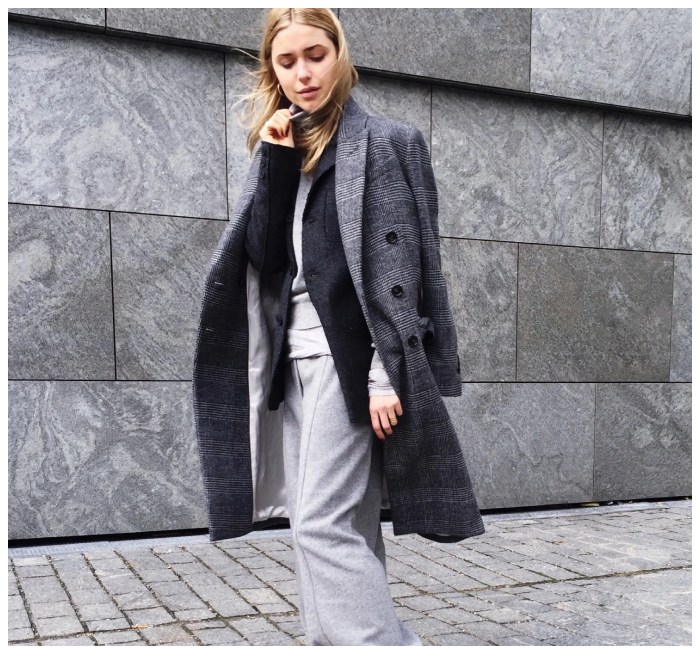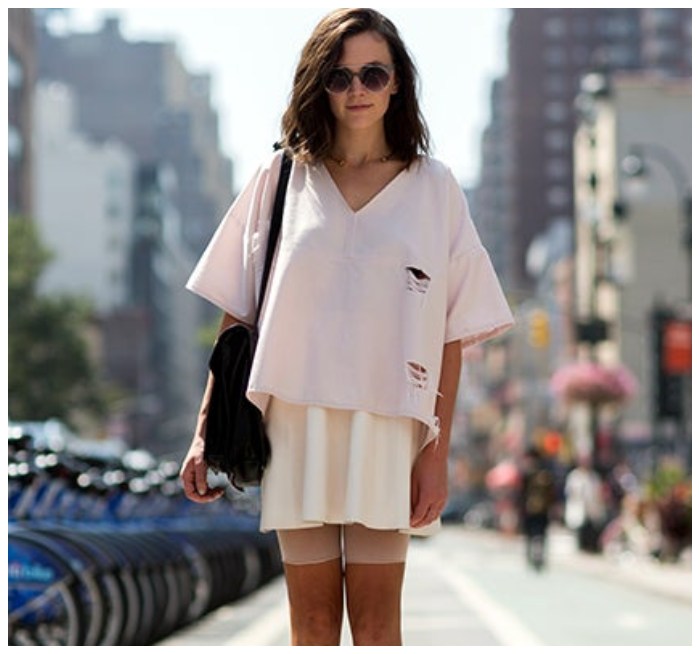Layering is a versatile and practical way to elevate your wardrobe while ensuring you stay comfortable throughout the year. Whether it’s a cold winter day, a crisp autumn evening, or a cool spring morning, the ability to layer effectively allows you to adapt your outfit to changing temperatures while maintaining style and sophistication. Mastering the art of layering can be the key to creating dynamic outfits that work for any season, ensuring you’re always prepared, stylish, and comfortable. Here’s your guide to layering like a pro, no matter the season.
1. The Basics of Layering: Build a Solid Foundation
Before diving into specific season-by-season strategies, it’s essential to understand the core principles of layering. The foundation of any well-layered outfit includes three main components:
- Base Layer: This is the first layer that sits closest to your skin. Its primary function is to wick moisture away from your body, keeping you dry and comfortable. Common materials for base layers include cotton, merino wool, or moisture-wicking synthetics like polyester.
- Middle Layer: Also known as the insulating layer, this is where you add warmth and structure. Fleece jackets, sweaters, and cardigans are typical middle layers. Their role is to trap body heat and provide insulation while allowing flexibility and comfort.
- Outer Layer: This is your protective layer, designed to shield you from the elements—wind, rain, snow, or sun. Think outerwear like jackets, coats, and parkas that are made from weather-resistant fabrics like wool, down, or technical synthetics.
2. Layering for Fall: Embrace Warmth and Texture
Autumn is a transitional season, making it perfect for experimenting with different layers that offer both warmth and style. As the temperatures cool down but aren’t yet freezing, layering is your best friend.
Key Tips for Fall Layering:
- Start with Light Layers: A long-sleeve t-shirt or lightweight sweater works as a perfect base layer. Add a cardigan, flannel shirt, or light jacket on top for extra warmth without overheating.
- Incorporate Textures: Fall is a great time to play with texture. Layer a chunky knit sweater with a sleek leather jacket or a denim jacket over a cozy wool scarf. Mixing textures adds dimension and interest to your look.
- Include Outerwear: A stylish trench coat or wool-blend coat is a perfect outer layer for fall. You can easily add scarves, hats, and gloves to complete your look as the weather changes.
- Footwear: Boots are a must in fall. Opt for ankle boots, Chelsea boots, or knee-high boots depending on the temperature. Layer with socks that peek out to add some fun to your look.

Example Fall Outfit:
- Base: A fitted long-sleeve shirt in a neutral tone
- Middle: A chunky knit sweater or a plaid flannel shirt
- Outer: A classic trench coat with a wool scarf
- Accessories: Leather ankle boots and a knitted beanie
3. Layering for Winter: Stay Warm and Chic
Winter demands that you not only look stylish but also keep warm. Layering is crucial during this season to help trap body heat while maintaining an elegant look.
Key Tips for Winter Layering:
- Focus on Insulating Layers: Opt for thick, insulated sweaters, fleece-lined leggings, or turtlenecks as your middle layers. These help retain warmth while still allowing for movement.
- Don’t Forget the Base Layer: In colder temperatures, wearing a moisture-wicking base layer is essential. Merino wool or a thermal shirt is perfect for wearing under your clothes to trap heat without causing bulk.
- Choose a Statement Coat: The outer layer in winter isn’t just about practicality—it can also be a fashion statement. Long wool coats, down-filled puffer jackets, or tailored peacoats are both stylish and warm. Look for options with removable liners for added flexibility.
- Layer Accessories: Scarves, hats, gloves, and socks become essential accessories during the colder months. Layer a chunky knit scarf over a high-neck sweater, or wear a stylish fedora with a wool coat. Don’t forget to add thermals or leggings for extra warmth under skirts or dresses.
Example Winter Outfit:
- Base: Thermal long-sleeve shirt
- Middle: A thick wool sweater or fleece pullover
- Outer: A down jacket or tailored coat
- Accessories: Wool scarf, beanie, leather gloves, and insulated boots
4. Layering for Spring: Light and Breezy
Spring is a season of change, with fluctuating temperatures that often shift from chilly mornings to warmer afternoons. Layering in spring is all about creating breathable yet practical outfits that can easily transition as the temperature rises.
Key Tips for Spring Layering:
- Start with Light Layers: Opt for breathable fabrics like cotton, linen, or bamboo for your base layers. A long-sleeve shirt or thin sweater is perfect for the cooler mornings.
- Add Transitional Outerwear: A lightweight jacket or denim jacket is an excellent spring layering piece. Trench coats, bomber jackets, or even a chic blazer can also be layered over your base layer as temperatures warm.
- Play with Bright Colors: Spring is all about fresh energy. Layer a bright, colorful blouse or patterned scarf over your neutral base for a pop of color.
- Footwear: Comfortable flats, sneakers, or open-toe sandals work well in spring. You can layer ankle socks or tights for additional warmth if needed.
Example Spring Outfit:
- Base: A lightweight cotton long-sleeve shirt
- Middle: A cardigan or thin knit sweater
- Outer: A light denim jacket or trench coat
- Accessories: Patterned scarf and white sneakers
5. Layering for Summer: Keep Cool with Strategic Layers
Summer is often associated with lighter clothing, but layering can still be used effectively in this season, especially for cooler evenings or when air conditioning makes indoor spaces chilly.
Key Tips for Summer Layering:
- Light Base Layers: Think airy fabrics like cotton, linen, or bamboo for your base layers. A tank top or short-sleeve blouse can be paired with lightweight cardigans or button-down shirts for versatile outfits.
- Breathable Outer Layers: Opt for open, flowy outer layers such as kimono-style jackets, sheer cardigans, or light cotton blazers. These pieces offer coverage while allowing your skin to breathe.
- Sun Protection: Use layering as a strategy for sun protection. A lightweight, long-sleeve shirt or shawl can protect your skin from the sun, especially when paired with a wide-brimmed hat or sunglasses.
- Footwear: Strappy sandals, espadrilles, or wedges can complement your layered look while allowing your feet to stay cool.

Example Summer Outfit:
- Base: A cotton tank top or sleeveless blouse
- Middle: A sheer, lightweight cardigan or kimono
- Outer: A wide-brimmed hat and lightweight scarf
- Accessories: Sunglasses and strappy sandals
6. Layering for Year-Round Versatility
While each season presents its own unique challenges, the art of layering doesn’t need to be confined to any one time of year. Key pieces such as a versatile blazer, a long cardigan, or a stylish leather jacket can work across seasons, with slight tweaks to adapt them to changing temperatures.
Key Tips for Year-Round Layering:
- Invest in Timeless Pieces: A classic trench coat, a versatile leather jacket, and tailored blazers can be layered over any outfit and styled year-round. These pieces add structure and style to your look no matter the season.
- Choose Neutral Colors: Neutral colors like beige, navy, black, and gray work across seasons, allowing you to layer without clashing. These hues are timeless and offer a seamless transition from one season to another.
- Play with Proportions: Layering isn’t just about adding more pieces—it’s about creating balance. Pair oversized layers with fitted base layers, or opt for a cinched waist over loose, flowy garments to define your silhouette.